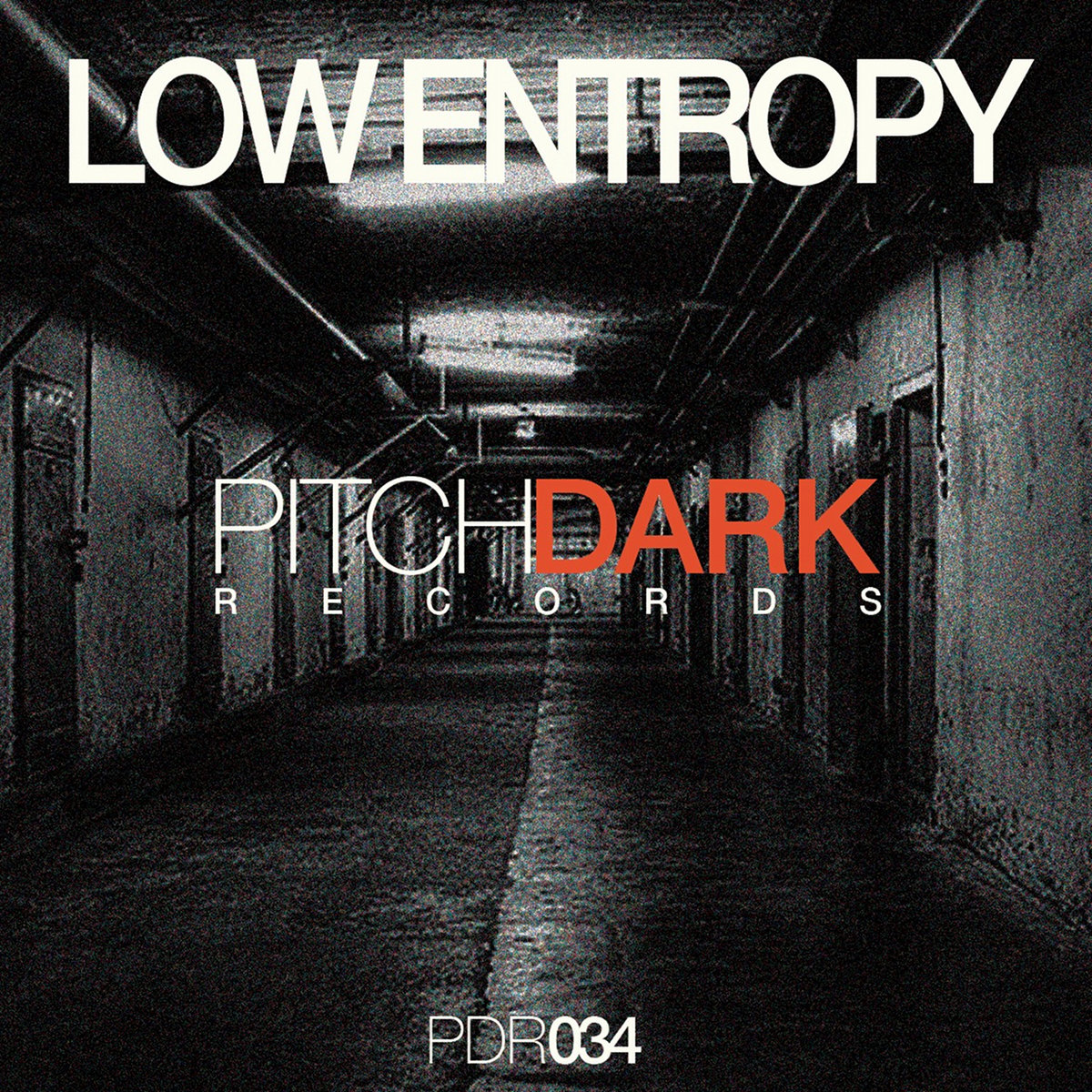
The rest of this answer discusses arguments that support Davies' position. This was proposed by Davies in 1983, but it is rejected by cosmologists. The theory of inflation explains the specialness of the initial conditions completely. This seems like a paradox, because low entropy is fine tuning by definition, don't you need to choose a special state to have low entropy? The answer in inflation is that the state is only special in that there is a large positive cosmological constant, but it is otherwise generic, in that it is a maximum entropy state given the large cosmological constant. The dynamics of inflation produce low entropy initial conditions without fine tuning. Ultimately, it is the uniformity of the energy density in the inflaton field which is responsible for the low entropy of the initial conditions, and this is linked to the dynamics of inflation. This inflaton produces uniform denisty of matter, which then becomes uniform baryons and hydrogen. The end result is a black hole where the gas is compressed maximally, and these are the maximum entropy gravitational states.īut the uniform gas comes from a nearly uniform inflaton field shaking over all space after inflation. The reason is that you make entropy by allowing the gas to self-gravitate and compress, releasing heat to the environment in the process. Your specific question is about why uniform gas is a low entropy state for the universe. Is that because a reordering of the particles would change the effects of gravity? Or is there something else that I'm missing here? I'd say that a uniform mixture is actually in a state of high entropy because you wouldn't notice it if you swapped some hydrogen atoms.īrian Greene explains this would indeed be the case when gravity plays no important role, but that things change when gravity does play a role and in the universe right after the big bang, gravity plays a big role.

Now, what I don't understand is how a uniform mixture of hydrogen and helium can by highly ordered? I'd say you wouldn't notice it if some particles traded places. So I understand low entropy as a highly ordered state with low chaos in which a reordering of the elements would be noticeable. However, should you swap two pages in the ordered, low entropy version, you would notice the difference. The pages are not ordered and when they are not ordered you would not notice the difference between one unordered state and another one. When the pages are in the wrong order, there is high entropy and a high amount of chaos. The chance you get another order (no matter what order, just not the one from the beginning) is extremely big. Now, when you throw the pages in the air, let them fall and then pick them up one by one and put them on top of each other, the chances you get the exact same order as the initial state are extremely small. It is very highly ordered and there is no chaos. The specific order they are in make sense and are required to recognize the pages as a readable book called War and Peace. In the first part of the chapter Brian Greene explains the concept of entropy with tossing the 693 pages of War and Peace in the air.Īt first, the pages are ordered. In comparison with black holes, the diffuse, nearly uniform gas was in an extraordinarily low-entropy state.

Although this configuration has high entropy when densities are so low that we can ignore gravity, the situation is otherwise when gravity can't be ignored then, such a uniform gas has extremely low entropy. Uniform, gaseous mixture of hydrogen and helium. In its earliest moments, rather than being filled with gargantuan containers of entropy such as black holes, as we would expect from probabilistic considerations, for some reason the nascent universe was filled with a hot, The ultimate source of order, of low entropy, must be the big bang itself. We have now come to the place where the buck finally stops. The essential point is that this gas filling the universe had extraordinarily low entropy. Our most refined theories of the origin of the universe -our most refined cosmological theories- tell us that by the time the universe was a couple of minutes old, it was filled with a nearly uniform hot gas composed of roughly 75 percent hydrogen, 23 percent helium, and small amounts of deuterium and lithium. It is about entropy and the state of the universe a few minutes after the big bang. There is however one part, at the end of chapter 6 that I can't grasp. Or at least, I think I understand them :-) I'm at chapter 7 and so far I understand most of general ideas he has talked about. I am very interested in science though and I'm currently enjoying Brian Greene's The Fabric of the Cosmos.

Let me start by saying that I have no scientific background whatsoever.


 0 kommentar(er)
0 kommentar(er)
